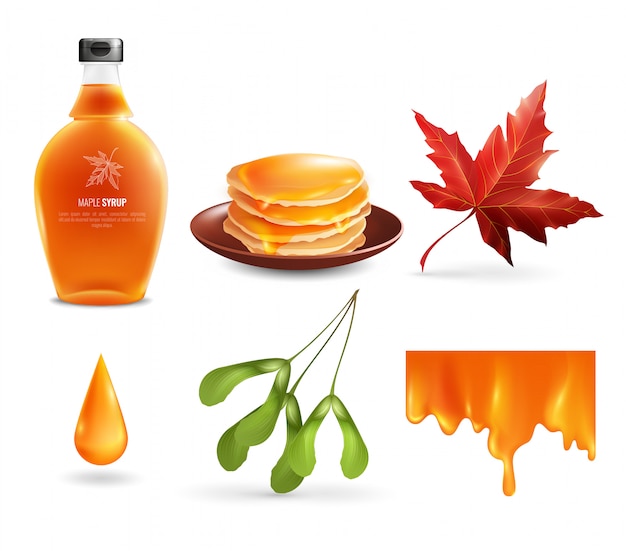
Introduction:
Maple syrup is a popular natural sweetener that is derived from the sap of maple trees. It is commonly used in various culinary preparations and is enjoyed by many people around the world. However, just like any other food, some individuals may experience an allergic reaction to maple syrup. In this article, we will explore the causes, symptoms, and management of maple syrup allergy.
I. What Causes Maple Syrup Allergy?
A. Protein Sensitivity:
Maple syrup contains proteins that can trigger an allergic reaction in sensitive individuals. These proteins may be recognized as foreign substances by the immune system, leading to an immune response.
B. Cross-Reactivity:
Cross-reactivity can occur between maple syrup and other substances, such as pollen or other tree nuts. People who are already allergic to these substances may experience an allergic reaction when consuming maple syrup.
II. Symptoms of Maple Syrup Allergy:
A. Skin Reactions:
One of the most common symptoms of maple syrup allergy is skin irritation. This can manifest as hives (itchy, red welts on the skin), itching, or swelling.
B. Gastrointestinal Issues:
Individuals with maple syrup allergy may experience gastrointestinal symptoms, such as nausea, vomiting, abdominal pain, or diarrhea, after consuming maple syrup.
C. Respiratory Problems:
In some cases, maple syrup allergy can cause respiratory symptoms. These may include nasal congestion, sneezing, wheezing, shortness of breath, or even anaphylaxis (a severe and potentially life-threatening allergic reaction).
III. Managing Maple Syrup Allergy:
A. Avoidance:
The most effective way to manage maple syrup allergy is to avoid consuming any products that contain maple syrup or its derivatives. This includes reading food labels carefully and being cautious while eating out.
B. Substitutes:
Fortunately, there are several alternatives to maple syrup available in the market. These include honey, agave syrup, molasses, or fruit-based syrups. These substitutes can be used in recipes and as toppings to satisfy the sweet tooth without triggering an allergic reaction.
C. Medications:
In some cases, antihistamines or other medications may be prescribed by a healthcare professional to manage the symptoms of maple syrup allergy. These medications can help reduce itching, swelling, and other allergic reactions.
D. Emergency Preparedness:
For individuals who have a severe allergy to maple syrup, it is crucial to be prepared for a potential anaphylactic reaction. This involves carrying an epinephrine auto-injector (commonly known as an EpiPen) at all times and knowing how to use it in case of an emergency.
Conclusion:
Maple syrup allergy, although relatively uncommon, can cause significant discomfort and health issues for those affected. Understanding the causes, recognizing the symptoms, and adopting appropriate management strategies are essential for individuals with this allergy. By avoiding maple syrup and its derivatives, utilizing alternative sweeteners, and being prepared for emergencies, individuals can effectively manage their maple syrup allergy and continue to enjoy a healthy and fulfilling life.










